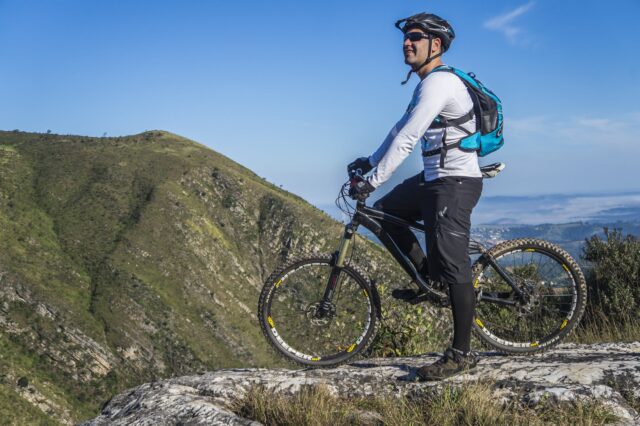As you grow older, the need to stay fit also grows. An integral part of healthy ageing is keeping your body physically active. Many people used to love taking their cycle everywhere because riding a bicycle was an easy and convenient way of traveling. But as they grew older, the fast-paced world took that option away.
If you are someone who wants to maintain your health by taking up a fun activity or if you plan to become a professional, it is crucial to follow the right training process.
Whatever your reason is for choosing cycling, you have come to the right place. In this article, we have provided some solid tips that will help you train without causing any harm to your body.
Benefits of Cycling
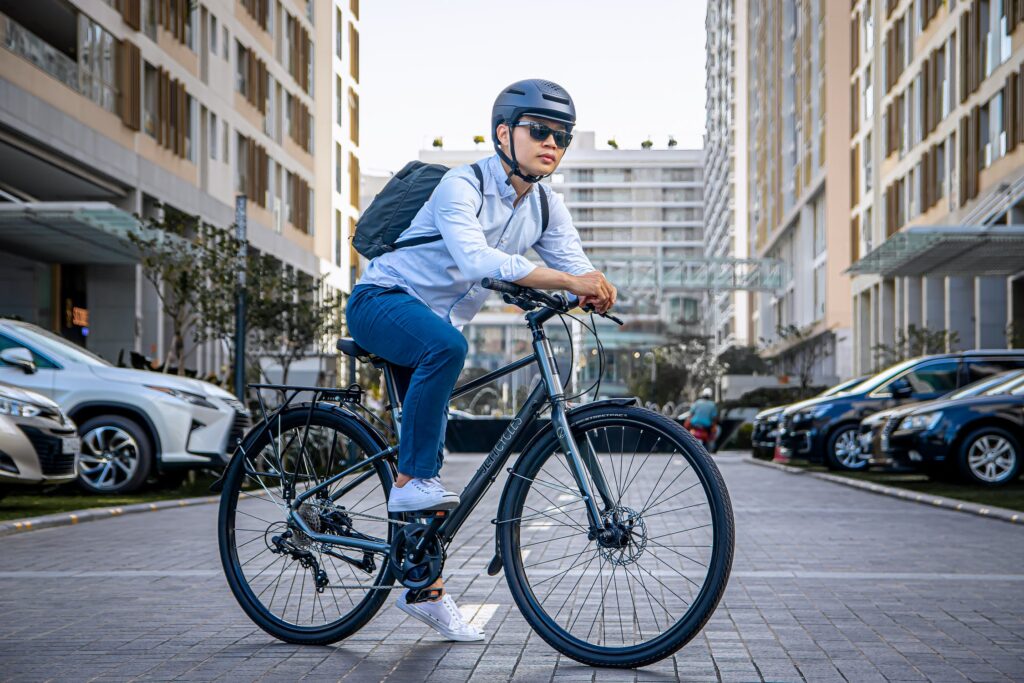
Before beginning with the tips for training, let us take a look at its multiple benefits.
• Boosts Mental Well-Being: Maintaining your mental health is just as essential as maintaining physical health. Cycling also helps in boosting your mental well-being by releasing endorphins, which is the happy hormone, in the body. It also increases the quality of your sleep.
• Slows the Aging: New research has found that cycling helps in slowing down the aging process. It preserves your muscle strength, improves cholesterol levels, and reduces the risk of chronic illnesses.
• Socializing: Taking up any hobby can help you socialize more and meet new people. The same is the case with cycling. Loneliness is one of the issues that older adults often face.
However, cycling can give you the space you need to meet like-minded people and make more friends.
• Promotes Weight Loss: Cycling also helps in losing weight by burning calories. For losing weight, you need to do more intense training and increase the intensity of cycling.
• Eco-friendly: Another benefit of cycling is its eco-friendly nature. Not only does it help you in maintaining physical and mental health, but it is also sustainable. Bicycles doesn’t release any greenhouse gas or burn any fossil fuels. The only thing it takes is your energy.
Cycling Training Tips
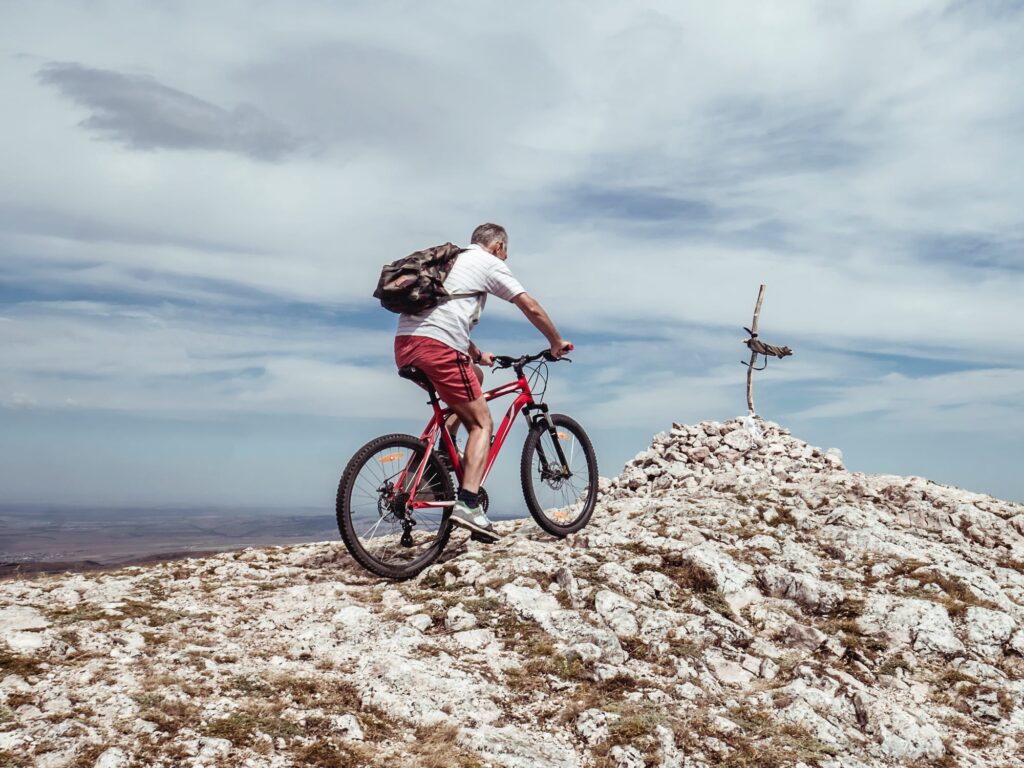
Before we start with the tips, accept that as you age, your mobility will also be limited. Taking it slow will be more productive and useful in the long run.
Get a Health Check-up Done
The first thing you need to do is get a health check-up done. Determine if your body can physically take the exercise. If you have any medical condition that can make it difficult for you to exercise, getting your doctor’s advice will be the best.
Build Your Strength
Cycling requires a lot of energy. Before starting, build your strength and coordination by exercising. It is integral to have lower body strength and balance before you start riding.
To do this, you can do exercises such as planks, squats, and lunges.
Maintain Your Bike
If you plan on using your old bike, get it checked by a professional to prevent any accidents. The bike that suited your body a few years back might not suit you now. You can also look into purchasing a new one. Older bikes were on the heavier side. Newer bikes are lightweight, easy to ride, and come with tons of features. Make sure you can comfortably reach the pedals and handles from the seat.
Purchase the Necessary Gears
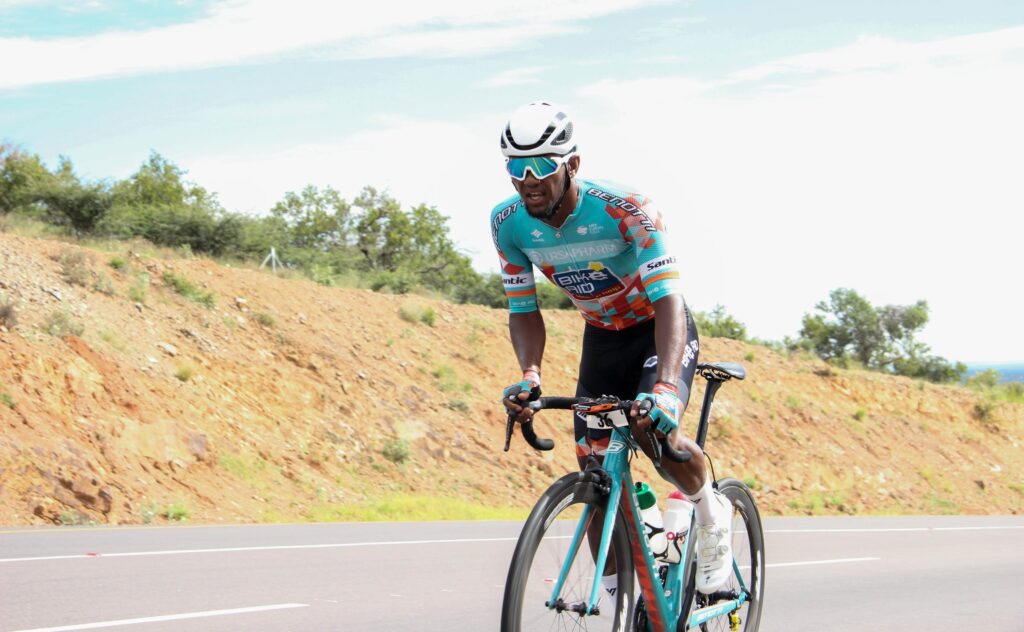
While choosing the bike, also look into changes you might need to get. If you are taking up cycling after decades, it will be better to start with a lower seat height. Make all the modifications that will prevent any safety concerns and pain. Get the right exercise clothes according to the weather. You don’t need to be too hot or too cold while cycling.
Buy a light to use in low visibility areas. Remember to get a helmet to protect your head, and carry a water bottle in case you feel thirsty.
Warm-up
Warming up is necessary to prevent any injury. You can start by slowly pedaling to get a feel of the bike and move your legs. Do some stretching and exercises such as glute stretch or quadriceps stretch. This will help raise your body temperature slowly and ready your muscles for cycling.
Begin Slowly
After doing the balancing and warming up exercises, start slowly. Your body will take time to get used to the new routine. Set small milestones and goals and build your endurance. With time, increase your time, speed, and distance you cover.
Do It In a Group
While there is no harm in cycling alone, cycling with friends can make a better experience.
Humans are social animals, and it is the undisputed truth that everything gets better when done together. You will not feel lonely during the training, and you will also have better motivation. If your friends do not share the same love for cycling as you, join a bike club in your area. Meeting like-minded people will help you achieve your goals quickly.
Be Cautious
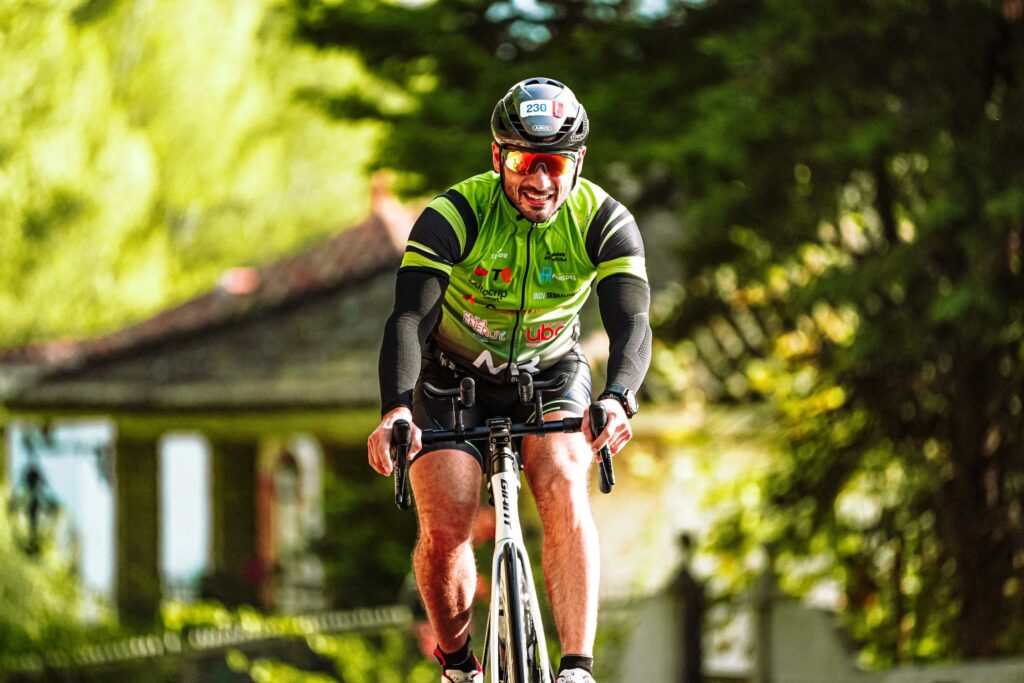
While cycling, do not forget to maintain road safety and follow traffic rules. Choose bike paths to ensure safe and trouble-free cycling training. Wear your helmet and safety gear.
Stay hydrated and eat a healthy diet to provide enough energy to your body. Don’t push your body. Learn to listen to your body. If it says it is done for the day, listen to it. Forcing yourself will only result in harming your body. Take enough rest, whenever essential to maintain your mental well-being as well.
Some other tips include:
• Wear bright-colored clothes and a helmet.
• Practice on a traffic-free route before you are confident enough in your skills.
• Give clear signals to other riders and traffic on the road.
• If practicing at night, use lights.
• Ride at your own pace.
• Motivate yourself by following daily cycling news.
Final Words
Cycling is a beneficial activity that can help you stay healthy for a long time. It is essential to follow the above tips to ensure a safe and beneficial training experience. Remember to not lose hope if the process does not go your way from the very beginning. Keep your approach breezy, and don’t pressure yourself to achieve quick results.

